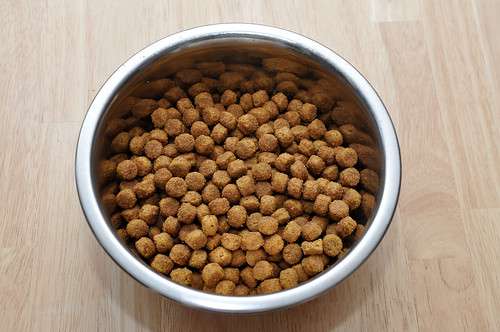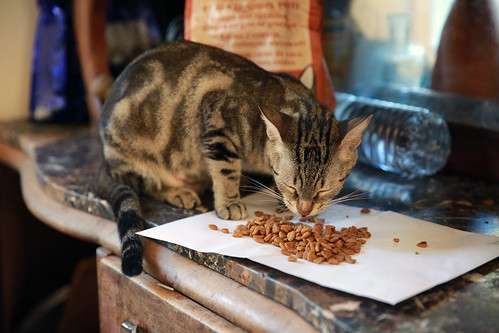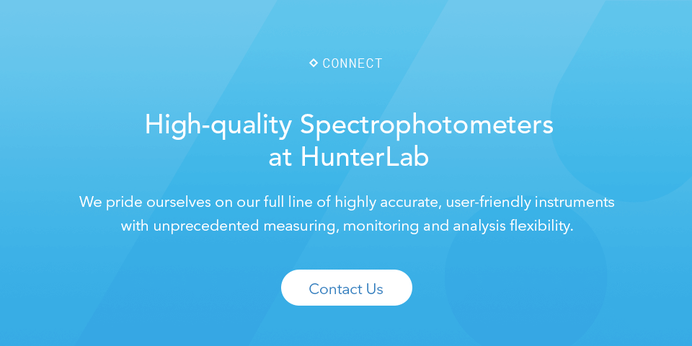
Therapeutic pet food is a critical part of treatment and prevention of disease for millions of cats and dogs around the world. Image Source: Pexels user Krysten Merriman
There are few more helpless feelings than watching a pet struggle with illness. Thanks to advances in veterinary medicine, however, there are now more diagnostic and treatment options available than ever before to help our furry friends heal, improving both quality of life and lifespan beyond what could be expected even a few years ago. One particularly vital area of growth is therapeutic pet food, also known as prescription diets, which may be used either short or long-term to support specific health goals by either augmenting other forms of treatment or acting as a standalone intervention.
“Most medical conditions benefit from the right nutritional support,” says Grace Long, director of veterinary technical marketing at Nestle Purina PetCare. “Therapeutic diets complement other therapies, provide excellent nutrition and at the same time address the special nutritional needs of the pet.”1 Indeed, as our understanding of the role nutrition has in both the prevention and treatment of illnesses, pet food companies are increasingly devoting resources toward the development of therapeutic diets, which now make up an ever-growing proportion of the total pet food market in both established and emerging markets.2
The integration of therapeutic foods is now a standard part of treatment for a broad spectrum of health conditions in both cats and dogs, playing a critical role in the long-term management of kidney and urinary tract conditions, diabetes, and obesity as well as temporary critical care for pets recovering from serious illness or surgery.
The therapeutic use of these foods places a special obligation on manufacturers to ensure quality, efficacy, and safety. While healthy animals may tolerate a range of dietary configurations, animals with health challenges often have unique nutritional requirements with little tolerance for variation; in fact, tightly controlled ingredients and nutrient proportions are the hallmark of these diets. Spectrophotometric analysis provides a rapid, simple, and economical nutritional assessment method and is an essential part of comprehensive quality control protocols.

Spectrophotometric analysis allows pet food manufacturers to gain deeper insight into the nutritional content of their products. Image Source: LabradorTrainingHQ.com



